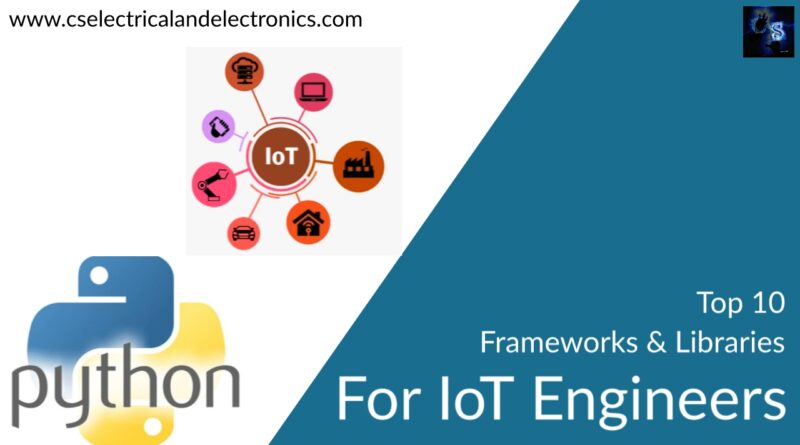Top 10 Python Frameworks And Libraries For IoT Engineers
Hello guys, welcome back to my blog. In this article, I will discuss the top 10 python frameworks and libraries for IoT engineers, which python library is best for IoT engineers, python frameworks for IoT engineers, etc.
If you have any doubts related to electrical, electronics, and computer science, then ask questions. You can also catch me @ Instagram – Chetan Shidling.
Also, read:
- 10 Amazing Python Libraries And Frameworks For Game Developers
- Top Linux Commands For Engineers, Useful Linux Commands Asked
- What Is NFT, Non-Fungible Tokens, Working, Applications, History
Top 10 Python Frameworks And Libraries For IoT Engineers
Today Internet of Things has taken over the entire planet. It has become as important as oxygen. It is what helps the whole world connect via the internet. And in the future, it’s growing exponentially. The worldwide use of smartphones and all the smart devices and increased accessibility of the internet is a thank to this. On an outside scale, the IoT (Internet of Things) has no classical definition. According to my, it is anything that can be installed on any ‘thing’ and has its own IP address and connects it to the internet for further use.
Now this ‘thing’ may transfer information and interact with other things via the internet. Now that ‘thing’ could be any device from a speedometer of your car to the 32 GB RAM Mega Predator gaming PC. That ‘thing’ can be used to transfer any type of information big or small, and it’s all possible because of the Internet of Things.
These devices continuously share data among themselves to provide more control and ease to their customers. According to research conducted by Statista, by the end of 2018, nearly 22 billion IoT devices were estimated to be functioning across the globe and by the year 2030, the number of IoT and connected devices will grow to approximately 50 billion!!!
And its growing demand has now led to a need for programming language which spans these diversified fields and lets programmers access all this in just a snap of a finger just like Thanos from Endgame. Thus that programming language has to be short, precise, lightweight, and most importantly a cross-platform framework accessing language.
I wonder which language can do that!? If you are a programming enthusiast (which you definitely are otherwise you wouldn’t be reading this article!!), your answer might be obviously “Python”. Today in this article will be discussing some python libraries and frameworks which will greatly help you as an IoT engineer.
10. Paho-MQTT
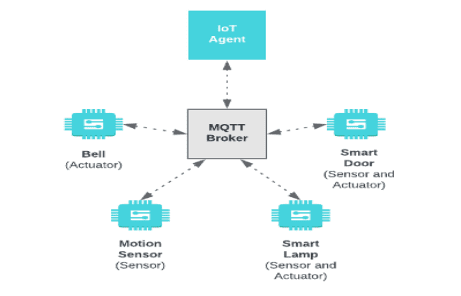
This is a protocol that was specially built for the Internet of Things! It mainly focuses on high-speed and low payload communication between resource-providing devices. It gives a very user-friendly version of basic required protocols for use in embedded systems. MQTT requests don’t need any external setup; they can be done directly into python itself. Very handy in a prototyping stage.
09. TensorFlow
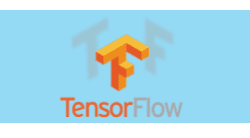
Tensorflow is basically all about numerical computations as it’s built on Numpy. It harvests a different mathematical representation called data slow graphs where nodes are for mathematical operations and edges as data arrays. This library is a very useful tool to work with a loT of non-linear datasets.
08. Tkinter
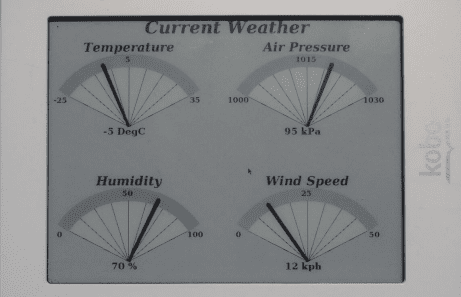
Although this library comes preinstalled in every python variant its robustness makes it worthy of a mention. Tkinter is a GUI development library. Programmers who are used to OOP might find this library a bit daunting at first, but its rewards more than make up for the efforts. This library is mainly used in functionality testing or executing the same code again and again. Like in speedometers where the same code has to be run again and again to keep the driver updated with the speed of the vehicle in order to avoid any inconvenience which might lead up to some disaster.
07. OpenCV
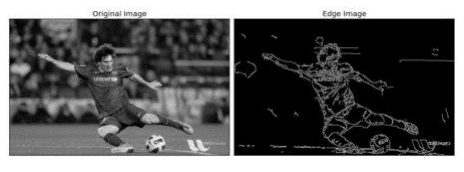
It is a very vast open-source library of machine learning and image processing. It is a very useful tool making most of the future of programming into daily life; it can process images, videos. When used with other libraries such as NumPy which is used for numerical operations the number of features increases in your Arsenal, whatever operations you can do on NumPy can be combined with OpenCV. It is the most successful image processing library out there as it contains high-level variants for image processing making this process a much easier task.
06. Pandas

Pandas is another very useful tool dedicated to data scientists. Being an alternative to MySQL this is very suited to deal with databases and data handling. Being a newer version and being built on Numpy this library is much more streamlined and handles direct operations on local datasets and ability to handle heterogeneous and unordered data.
05. Matplitlib

You can use this framework by the command: “import matplotlib.pyplot as plt” (Now the pyplot package can be referred to as plt). Being an IoT developer you have to deal with heavy data traffic every second. Dealing with a large amount of information has now gotten into your veins. Data visualization is the most fundamental thing an IoT or any Data Scientist has to deal with. It looks pretty cool converting all those numbers into cool bending shapes. This library is a very useful tool to convert your local data into graphs and shapes.
04. Numpy
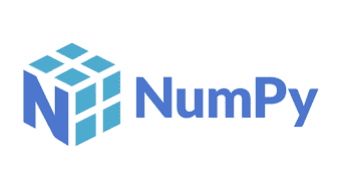
When you’ll get deeper into IoT arrays will become very common to you. After using MatLab you must be pretty familiar with arrays and their uses. In python, arrays are replaced with lists. But this replacement just doesn’t fit every scenario, and that’s where Numpy comes into place, a package used for scientific computations via python (very similar to MatLab but lighter). The most prominent feature of this library is reading sensor data in bulk and working on them using inbuilt functions.
03. Mysqldb
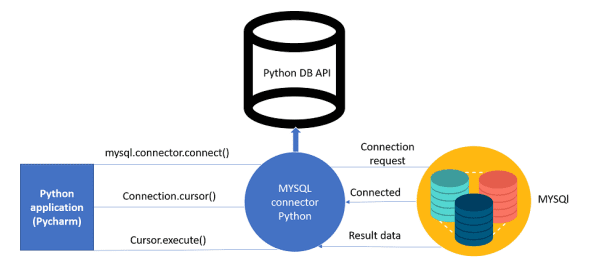
A database is a no-brainer when it’s about most IoT applications. If something serves the sole purpose of sending data to the internet, a database is a must requirement, at least a small one that stores all this information. And when database word pops up MySQL is the most common solution which comes to most developer’s minds. In this portion mysqldb is a very convenient tool that executes commands within a python script to read and write to a database.
02. Sockets
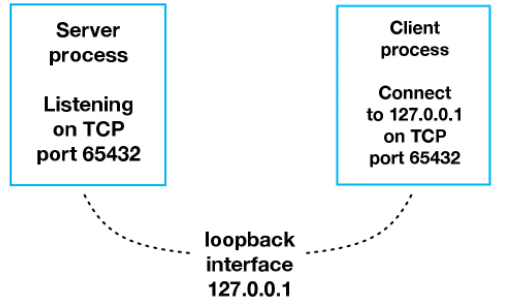
It is a package that allows networking over Transmission Control Protocol (TCP)/ Internet Protocol (IP) via python. It facilitates permanent access to Berkeley socket APIs to access the internet. Both TCP/IP and User Datagram Protocol (UDP) are transport layer protocols, which means that they are ideal for communication with the devices on the same Wi-Fi connection. One of the features that I myself found very fascinating and attractive is that one can be built its own communication protocol setting this package as the base.
01. Mraa
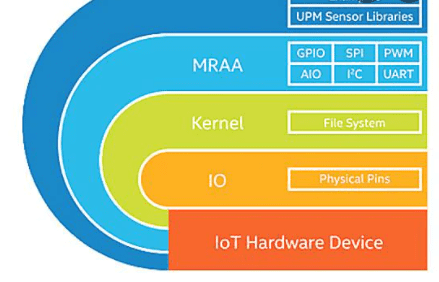
It is a structure GPIO library supporting python. The most attractive thing about this is that there is just one library for every individual device. So you don’t have to switch every time when you shift to an Edison or a Pi. As it’s a high-end library reading from and writing to pins is pretty easy. It also provides communication protocols like I2C, UART, and SPI.
Conclusion
In this new era where programming is everything and how it has already changed the world and how it is continuously changing is very fascinating to watch. This has led to a bazillion startups and many of which have proved them to be of very fine use. In a time where things taking over the internet largely and dominating the world Internet of Things is the “Thing”.
I tried to keep the selective libraries that I myself find very handy and useful and easy to install and very friendly environment. I hope this article ” Frameworks And Libraries For IoT Engineers ” might help you to kick-start your interest in IoT. Thank you for reading this article “Frameworks And Libraries For IoT Engineers”.
Also, read:
- 100 + Electrical Engineering Projects For Students, Engineers
- 100+ C Programming Projects With Source Code, Coding Projects Ideas
- 1000+ Electronics Projects For Engineers, Diploma, MTech Students
- 1000+ Interview Questions On Java, Java Interview Questions, Freshers
- 1000+ MATLAB Simulink Projects For MTech, Engineering Students
- 500+ Embedded System Projects For Engineer, Diploma, MTech, PhD
- 500+ Projects For Diploma Electrical, Electronics Student, Diploma Project
- 8051 Microcontroller Timers, TCON Register, TMOD Register
Author Profile
- Chetu
- Interest's ~ Engineering | Entrepreneurship | Politics | History | Travelling | Content Writing | Technology | Cooking
Latest entries
 All PostsApril 29, 2024Top 11 Free Courses On Battery For Engineers With Documents
All PostsApril 29, 2024Top 11 Free Courses On Battery For Engineers With Documents All PostsApril 19, 2024What Is Vector CANoe Tool, Why It Is Used In The Automotive Industry
All PostsApril 19, 2024What Is Vector CANoe Tool, Why It Is Used In The Automotive Industry All PostsApril 13, 2024What Is TCM, Transmission Control Module, Working, Purpose,
All PostsApril 13, 2024What Is TCM, Transmission Control Module, Working, Purpose, All PostsApril 12, 2024Top 100 HiL hardware in loop Interview Questions With Answers For Engineers
All PostsApril 12, 2024Top 100 HiL hardware in loop Interview Questions With Answers For Engineers

